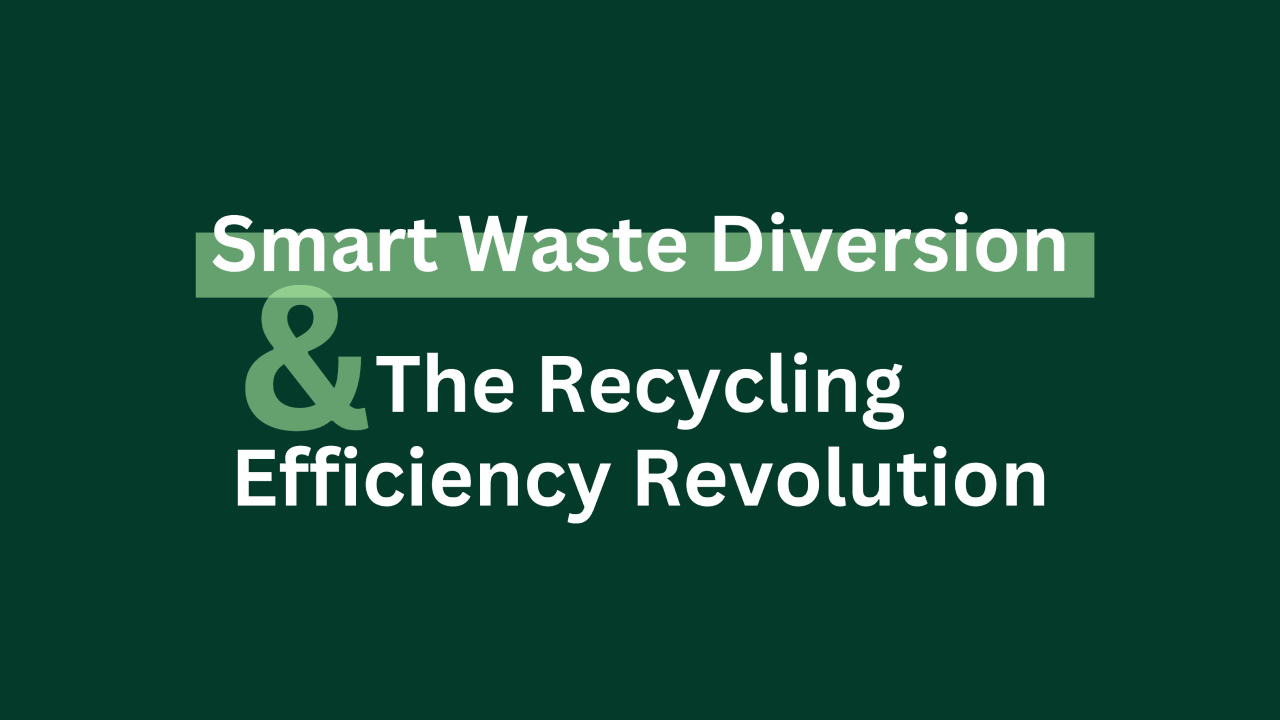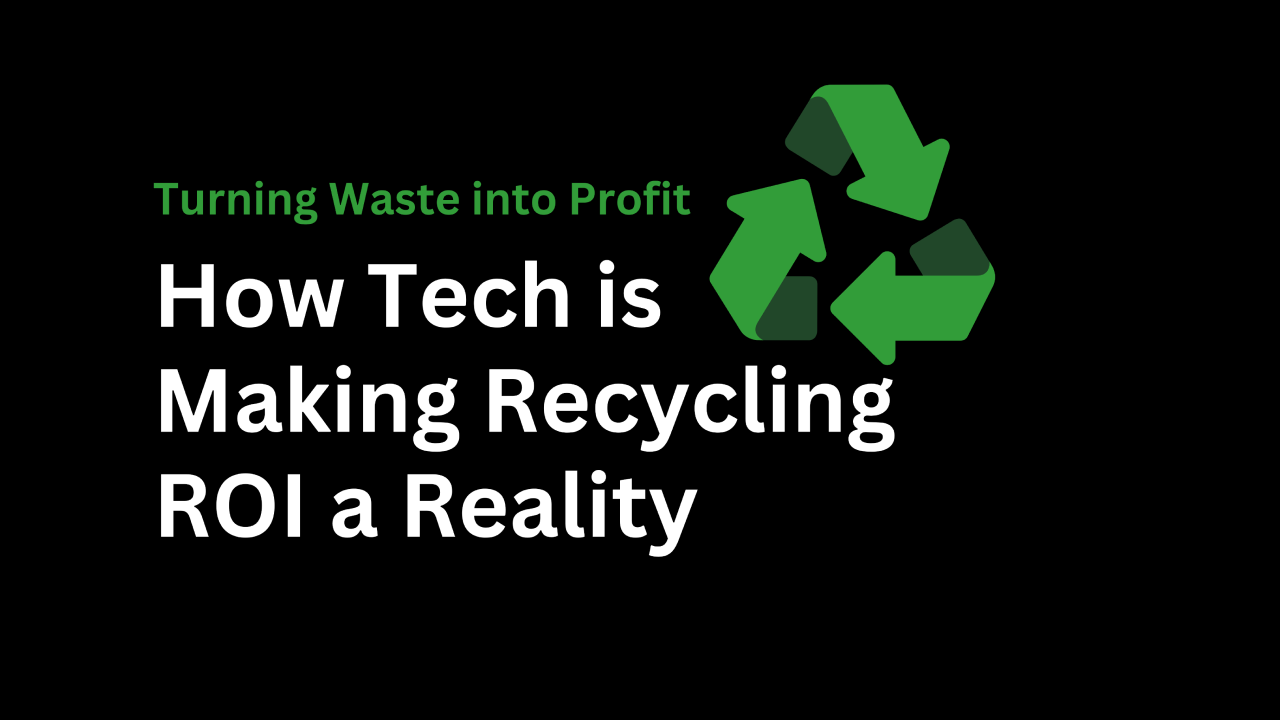
Picture this: You've just invested $2,000 in a comprehensive waste audit for your facility. The consultants spent a full day digging through your trash, weighing materials, and categorizing everything from coffee cups to cardboard. Three weeks later, you receive a glossy report with colorful charts showing that 25% of your waste stream is contaminated and 80% of your recyclables are still heading to landfills.
Now what?
If you're like most sustainability teams, that expensive snapshot is already gathering dust on your desk while your contamination rates remain stubbornly high and your ESG reports rely on outdated assumptions. The harsh reality? Traditional waste audits, while well-intentioned, often leave sustainability professionals flying blind between audit dates: and that's a costly problem when contamination penalties can run $100–$150 per ton and recovered recyclable value reaches $200 per ton for materials that would otherwise hit the landfill.
What Is a Traditional Waste Audit?
Traditional waste audits are exactly what they sound like: a hands-on, labor-intensive process where consultants or internal teams physically sort through an organization's waste to understand what's being thrown away. Think of it as an autopsy for your trash: except the patient is very much alive and changing every day.
During a typical audit, teams will:
- Collect waste samples from various locations
- Sort materials into categories (recyclables, organics, landfill waste)
- Weigh and document everything
- Calculate contamination rates and diversion percentages
- Deliver recommendations for improvement

The process is thorough, scientific, and expensive. At $1,000–$2,000 per day for consultants, plus internal staff time and operational disruption, organizations often treat audits as annual or biannual events rather than ongoing assessments. And therein lies the first major problem.
The Snapshot Problem: When Yesterday's Data Drives Tomorrow's Decisions
Traditional audits suffer from what we call the "snapshot problem": they capture a moment in time, not the dynamic reality of how waste streams actually behave. Your waste composition on audit day might look completely different from what's happening during peak season, after a major event, or when new employees start.
Consider these variables that audits miss:
- Seasonal fluctuations: Holiday parties generate different waste than typical workdays
- Behavioral shifts: New recycling programs or awareness campaigns change disposal patterns
- Process changes: Updated cafeteria menus, supply chain switches, or operational modifications
- User education effects: Training programs might temporarily improve contamination rates
One facility manager at a major corporate campus told us their waste audit showed excellent recycling compliance in March. By June, contamination rates had spiked due to increased food service during conference season: but they wouldn't discover this until their next audit cycle, nine months later.
How Much Do We Miss? The Real Cost of Flying Blind
The gaps in traditional audit coverage translate directly to missed opportunities and hidden costs. When sustainability teams can't see what's happening in their waste streams day-to-day, they miss critical intelligence about:
User behavior patterns: Are employees actually using those new compost bins you installed? Traditional audits can't tell you if adoption rates dropped off after the initial enthusiasm wore off.
Contamination hotspots: That 25% contamination rate from your audit is an average across all locations. Some bins might be performing perfectly while others are consistently contaminated: but you won't know which ones without continuous monitoring.
Process inefficiencies: Maybe your recycling pickup schedule doesn't align with actual generation patterns, leading to overflow and contamination. A single audit won't reveal these operational mismatches.
Purchasing impact: Changes in procurement: switching to different packaging, introducing new products, or modifying portion sizes: immediately affect waste composition. Traditional audits leave months-long blind spots where teams operate with outdated assumptions.
The financial impact of these knowledge gaps is significant. Facilities typically lose $80,000–$140,000 annually to contamination penalties and lost recyclable value: losses that could be minimized with better visibility into waste stream performance.

ESG and Reporting Roadblocks: When Static Data Meets Dynamic Demands
Perhaps nowhere is the limitation of traditional audits more apparent than in ESG reporting and sustainability goal tracking. Today's corporate sustainability commitments require precise, defensible data that demonstrates real progress over time.
Reporting challenges include:
Outdated baselines: ESG reports often rely on audit data that's 6-12 months old, making it impossible to show current performance or respond to stakeholder questions about recent initiatives.
Lack of granular metrics: Traditional audits provide facility-wide averages but can't break down performance by department, building, or program: limiting the ability to identify successful strategies or problematic areas.
No proof of improvement: When you implement new recycling programs or contamination reduction strategies, traditional audits can't verify whether they're actually working until the next audit cycle.
Regulatory compliance gaps: With waste regulations evolving rapidly: especially around organic waste diversion and extended producer responsibility: facilities need current data to ensure ongoing compliance, not historical snapshots.
One sustainability director at a Fortune 500 company explained the frustration: "Our board asks for quarterly updates on waste diversion progress, but our audit data is from last year. We're essentially making educated guesses about our performance."
The Implementation Gap: Where Recommendations Go to Die
Beyond the timing issues, traditional waste audits suffer from what industry experts call "the implementation gap." Most audits excel at identifying problems but fall short when it comes to helping organizations actually solve them.
Traditional audits typically deliver:
- Detailed reports showing what's wrong
- Generic recommendations (often recycled from previous audits)
- Limited follow-up or implementation support
What sustainability teams actually need:
- Specific, actionable strategies tailored to their facility
- Ongoing monitoring to verify that changes are working
- Data-driven adjustments based on real performance
- Continuous feedback loops that enable rapid course corrections
This gap explains why many organizations conduct audit after audit, receiving similar recommendations each time without making meaningful progress on contamination or diversion goals.

The Path Forward: Beyond Traditional Audits
The limitations of traditional waste audits aren't just inconveniences: they're roadblocks preventing organizations from achieving their sustainability goals and maximizing their environmental impact. When 80% of recyclables still end up in landfills despite decades of traditional audit approaches, it's clear that the industry needs a fundamental shift.
Smart organizations are beginning to recognize that sustainability success requires continuous visibility, not periodic snapshots. They need systems that can track changes in real-time, verify that interventions are working, and provide the granular data necessary for meaningful ESG reporting.
The future belongs to organizations that can move beyond the limitations of traditional audits toward continuous waste intelligence: systems that provide ongoing insights, verify program effectiveness, and deliver the proof that sustainability initiatives are creating real value.
After all, you can't fix what you can't see. And in today's rapidly evolving sustainability landscape, seeing clearly requires more than an annual peek under the lid of your dumpster.
Ready to move beyond traditional waste audits? Learn how continuous waste intelligence is revolutionizing how organizations understand and optimize their waste streams at mymatrcorp.com.




